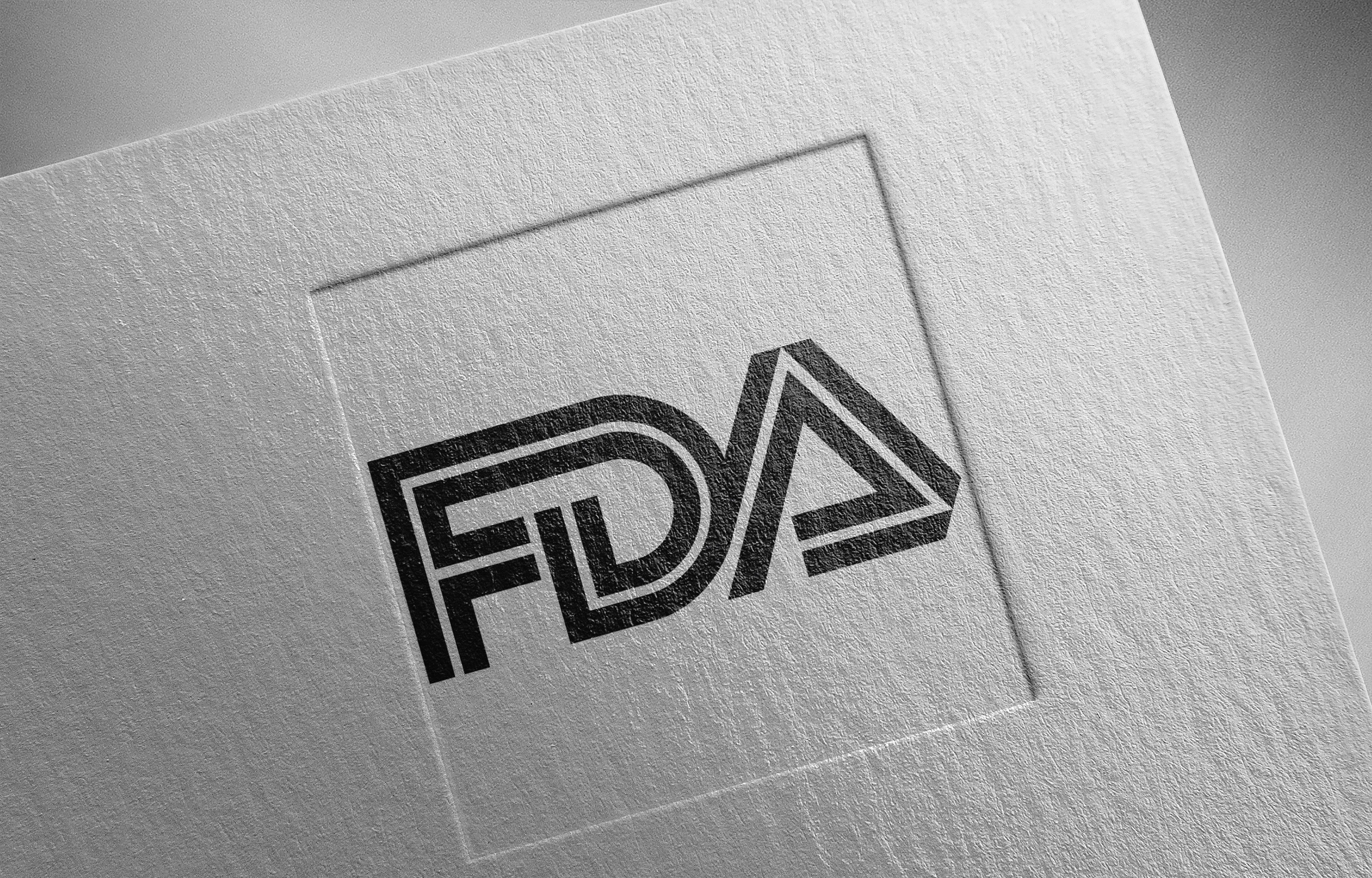FDA accepts sNDA for higher regimen nusinersen for spinal muscular atrophy
The higher dose regimen of nusinersen comprises a more rapid loading regimen, two 50 mg doses 14 days apart, and higher maintenance regimen, 28 mg, every 4 months.
FDA accepts sNDA for higher regimen nusinersen for spinal muscular atrophy | Image Credit: © A Illustrations raki - © A Illustrations raki - stock.adobe.com.

The FDA has accepted a supplemental New Drug Application for a higher dose regimen of nusinersen (Spinraza; Biogen Inc) for spinal muscular atrophy (SMA), according to a recent announcement from Biogen.1
The higher dose is made up of a more rapid loading regimen, two 50 mg doses at 14 days apart, and higher maintenance regimen, 28 mg every 4 months, compared to the the currently approved nusinersen regimen.
The current regimen was first approved by the FDA for the rare and often fatal genetic disease in December of 2016. SMA affects muscle strength and movement. Nusinersen is an injection that is administered into the fluid surrounding the spinal cord.2
“Continued progress to improve upon the remarkable initial successes in SMA necessitates an innovative approach,” said Thomas Crawford, MD, co-director of the Muscular Dystrophy Association Clinic at Johns Hopkins Medicine, in a statement.1
"[This] announcement is a significant step forward for the community," said Crawford.
Acceptance was supported by the phase 2/3 DEVOTE (NCT04089566) study, a randomized, controlled, dose-escalating study that aimed to evaluate the safety, tolerability, pharmacokinetics, and efficacy of nusinersen when administered at the higher dose.
The trial featured 145 patients aged 7 days and older, across SMA types, who were enrolled at approximately 42 sites around the world. The trial includes an open-label safety evaluation (part A) and a double-blind, active control randomized treatment cohort (part B), followed by an open-label treatment cohort (part C) to assess safety and tolerability of transitioning participants from the current-approved dosage to the higher dosage tested in the study.1,3
"Part B was comprised of a pivotal cohort in treatment-naïve patients with infantile-onset SMA (n=75), and a supportive cohort in treatment-naïve patients with later-onset SMA (n=24)," stated the manufacturer of nusinersen. "The primary endpoint of Part B measured the change from baseline on [Children's Hospital of Philadelphia-Infant Test of Neuromuscular Disorders] (CHOP-INTEND) at six months comparing the higher dose regimen of nusinersen to a matched, untreated sham control group from the Phase 3 ENDEAR study. ENDEAR is one of the two pivotal studies that formed the basis of regulatory approval for [nusinersen] 12 mg."
According to results of the study previously announced by Biogen, the higher-dose cohort demonstrated statistically significant improvement over the match sham comparator for the primary endpoint, change in CHOP-INTEND from baseline to six months (least squares mean difference: 26.19; p<0.0001).4
Compared to sham across secondary endpoints, results favored the higher-dose regimen. The upped dose was well tolerated, with reported adverse events "generally consistent with SMA and the known safety profile of nusinersen," stated Biogen, which noted the percentage of serious adverse events was reduced in the higher-dose regimen (60%) compared to the 12 mg group (72%).
"Results from the DEVOTE study have shown us that the higher dose regimen of nusinersen can enable meaningful clinical benefits while maintaining a safety profile broadly consistent with the approved 12 mg regimen," added Crawford.1
"This milestone reflects our steadfast commitment to advance treatment options for individuals with SMA, and we expect that this higher dose regimen will offer meaningful benefits to patients and their families," Stephanie Fradette, PharmD, Head of the Neuromuscular Development Unit at Biogen, said in a statement.
"We are deeply thankful for the unwavering support of the trial participants, their families, site staff, and the SMA community without whom these advancements would not have been possible," said Fradette.
References:
1. FDA and EMA accept applications for higher dose regimen of nusinersen in SMA. Biogen Inc. Press release. January 23, 2025. Accessed January 24, 2025. https://investors.biogen.com/news-releases/news-release-details/fda-and-ema-accept-applications-higher-dose-regimen-nusinersen
2. FDA approves first drug for spinal muscular atrophy. FDA. Press release. December 23, 2016. Accessed January 23, 2025. https://www.fda.gov/news-events/press-announcements/fda-approves-first-drug-spinal-muscular-atrophy
3. Study of Nusinersen (BIIB058) in Participants With Spinal Muscular Atrophy (DEVOTE). ClinicalTrials.gov. Updated July 23, 2024. Accessed January 24, 2025. https://clinicaltrials.gov/study/NCT04089566
4. Biogen announces positive topline results from study of higher dose regimen of nusinersen, showing significant benefit in treatment of SMA. Biogen Inc. Press release. September 4, 2024. Accessed January 24, 2025. https://investors.biogen.com/news-releases/news-release-details/biogen-announces-positive-topline-results-study-higher-dose